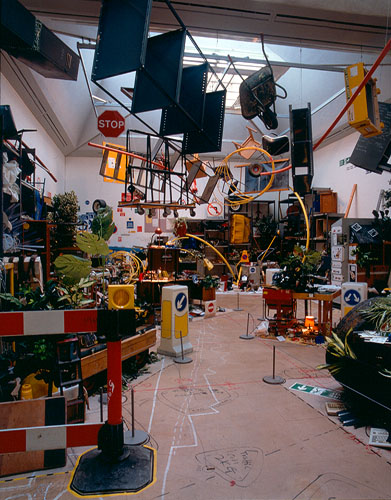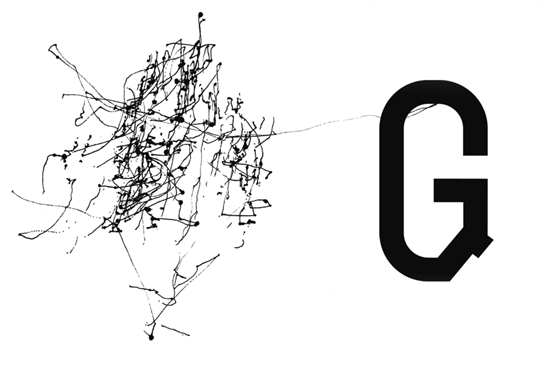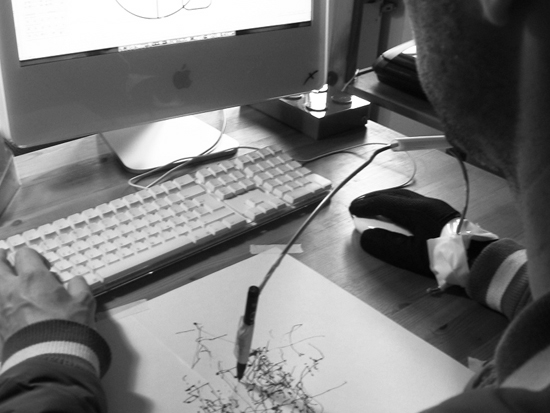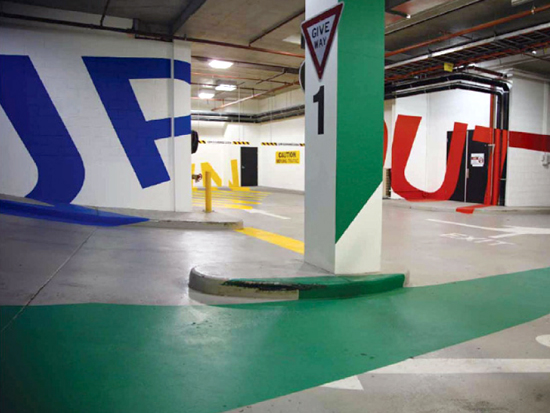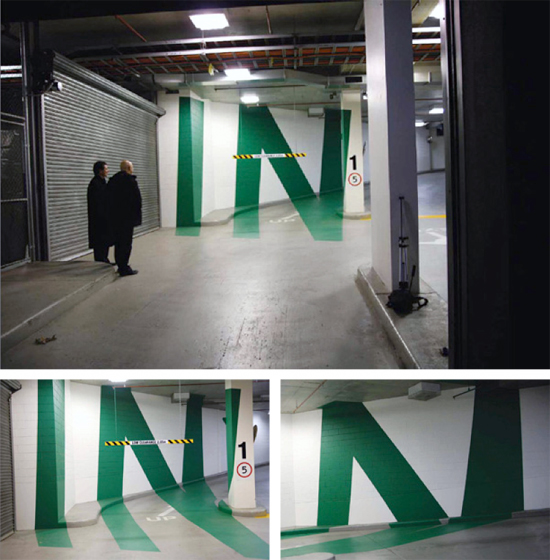Annie Liebowitz has the ability to really capture the character and personality of her model; whether it be celebrity or stranger. I think that it is this skill that makes her such an incredible photographer. There always seems to be a real connection between model and photographer, which is extremely apparent in her work.
What I love most about these images for Vanity Fair is the way that the groups of famous actors and actresses that we would normally associate with being fairly untouchable, are presented to be casually grouped together to create some kind of super-celebrity. I also love the composition; the way that the images run across 3 pages but together make one long phototgraph.

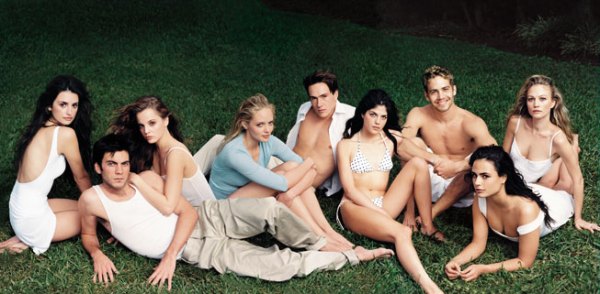
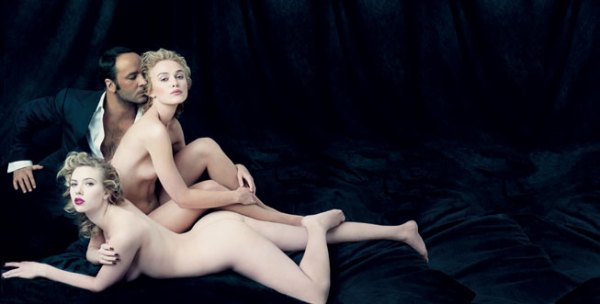
A lot of her images are flirtatious and sexual, but also reflect very classical compositions.
I also lover her sense of humour, for example the image below:
She seems to capture the image of the 'celebrity'; strong, god-like characters, with an elevated status from the rest of us, as well as she manages to create the weak and the vulnerable. In this image of a victim of domestic violence, you really can read her pain; the way that her gaze is lost and longing, and the fact that she doesn't look straight on at the camera. I think that it is Liebowitz's ability to build relationships with her models that encourages them to bare themselves to the camera fully.


This photograph of Yoko Ono is one of my all time favourite photographs. I can't put my finger on why exactly, as I don't find the composition as intriguing or as interesting as some of her other work, but I just love the subtlety of it. She has a wonderfull abitity to capture a persons persnality.

